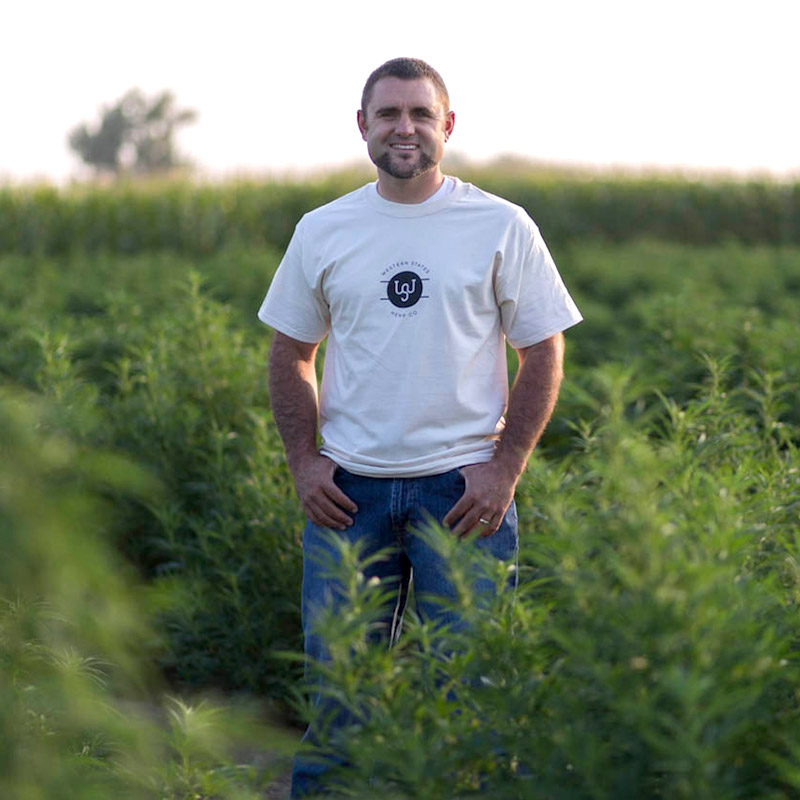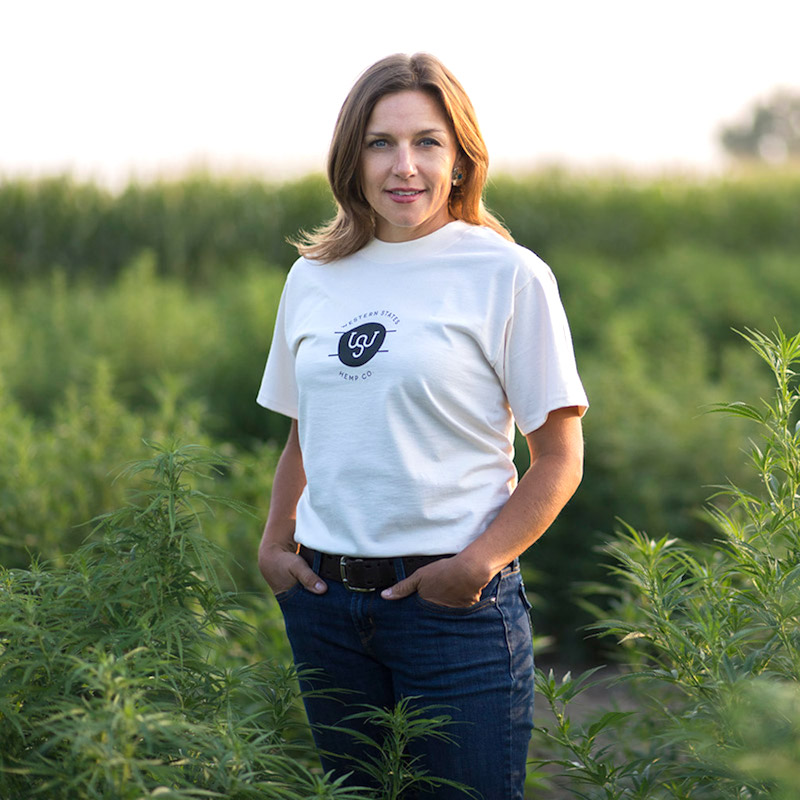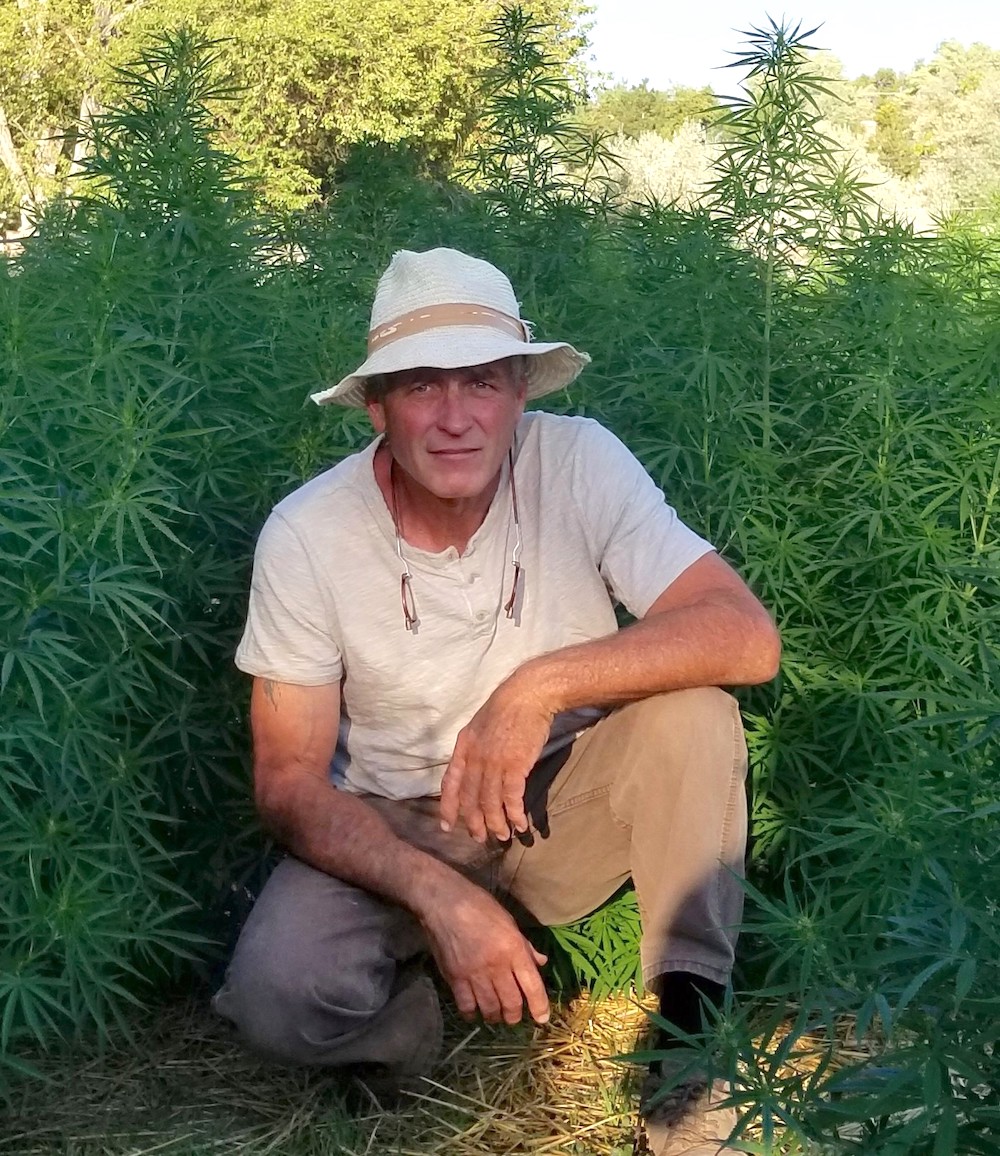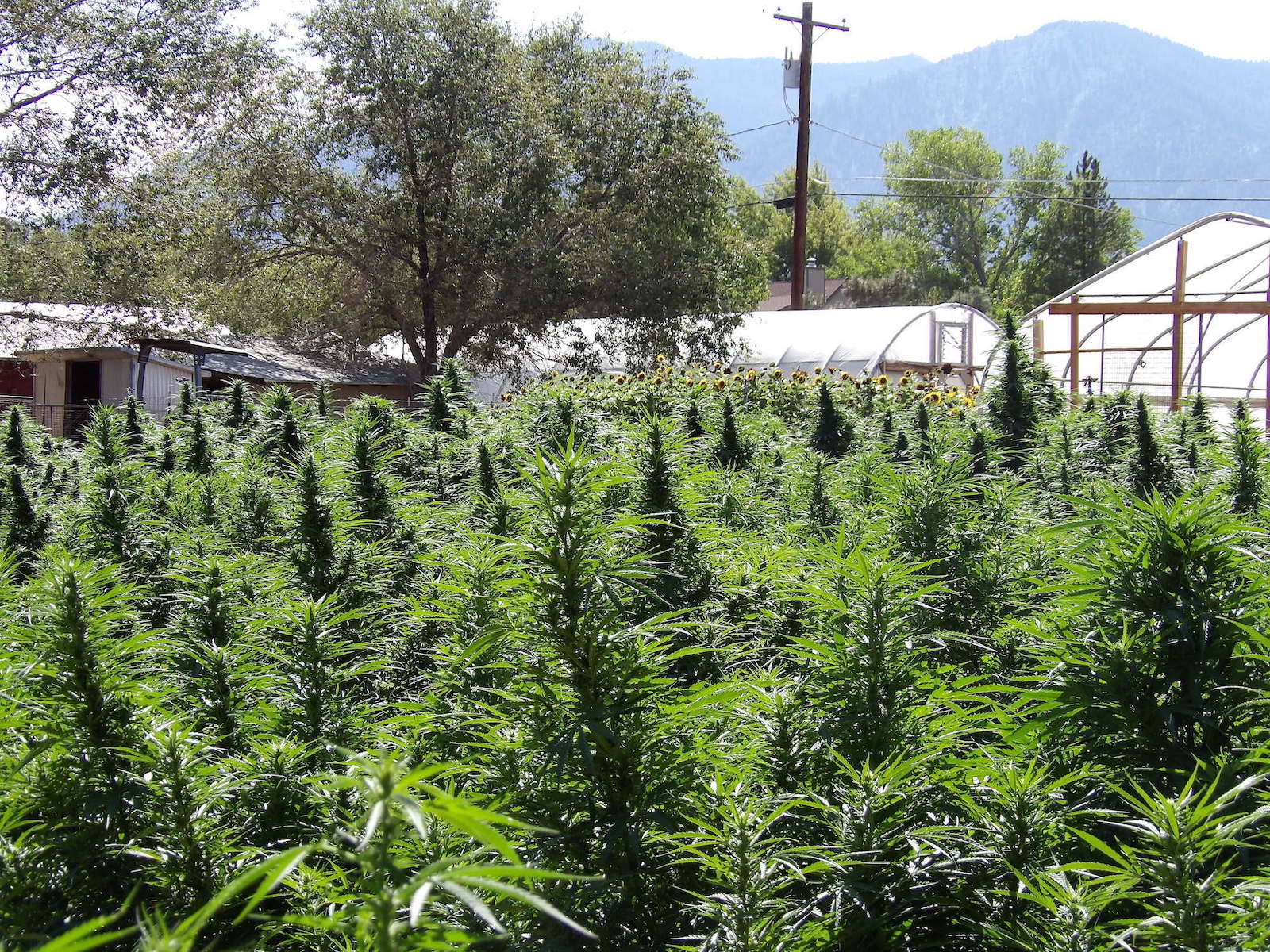While the primary driver in the hemp industry is CBD, farms like Sierra Nevada Hemp in Carson City (pictured here) see opportunities for the plant in other sectors, like construction and fabrics, says owner Mark O’Farrell.
Courtesy Photo
 Joe Frey is cofounder and owner of Western States Hemp in Churchill County. Courtesy photo
Joe Frey is cofounder and owner of Western States Hemp in Churchill County. Courtesy photo
 Adrienne Snow is cofounder and business development manager of Western States Hemp in Churchill County. Courtesy photo
Adrienne Snow is cofounder and business development manager of Western States Hemp in Churchill County. Courtesy photo
 Mark O’Farrell is owner of Sierra Nevada Hemp in Carson City. Courtesy photo
Mark O’Farrell is owner of Sierra Nevada Hemp in Carson City. Courtesy photo
 Sierra Nevada Hemp in Carson City has about seven acres of hemp planted this year, according to owner Mark O’Farrell. Courtesy photo
Sierra Nevada Hemp in Carson City has about seven acres of hemp planted this year, according to owner Mark O’Farrell. Courtesy photo